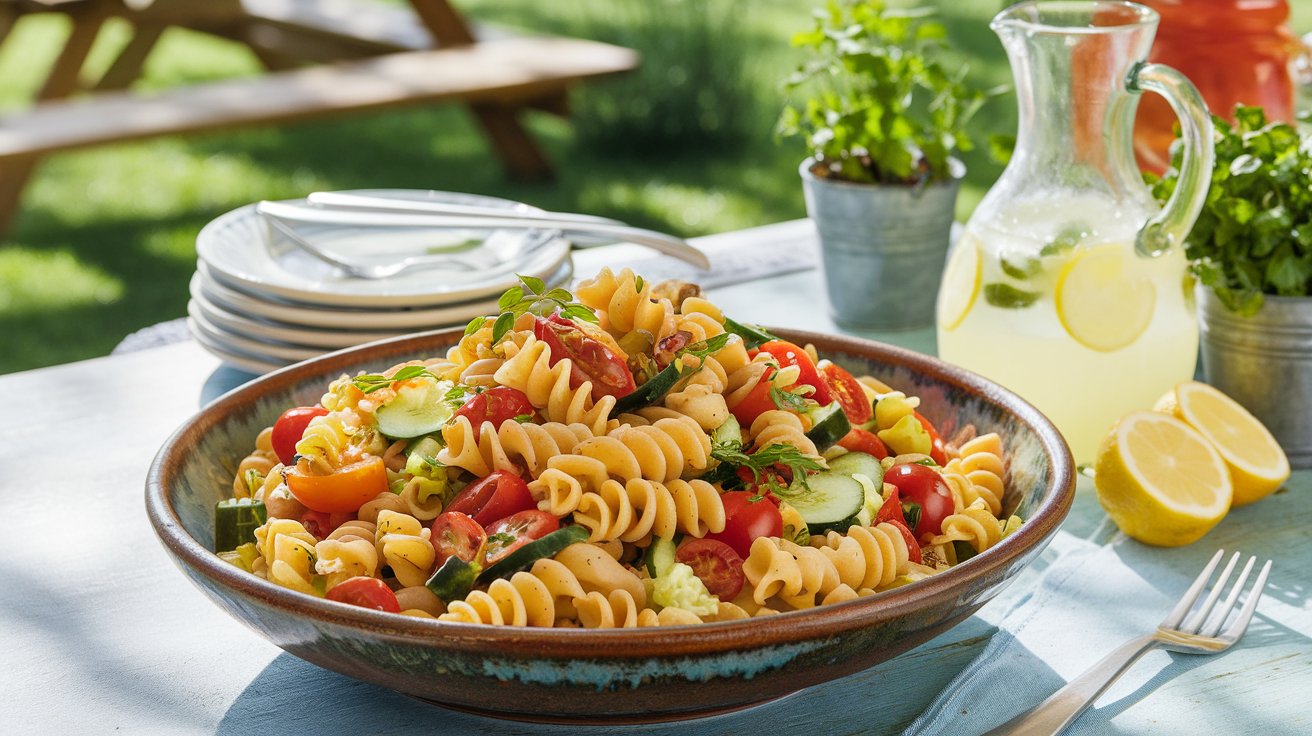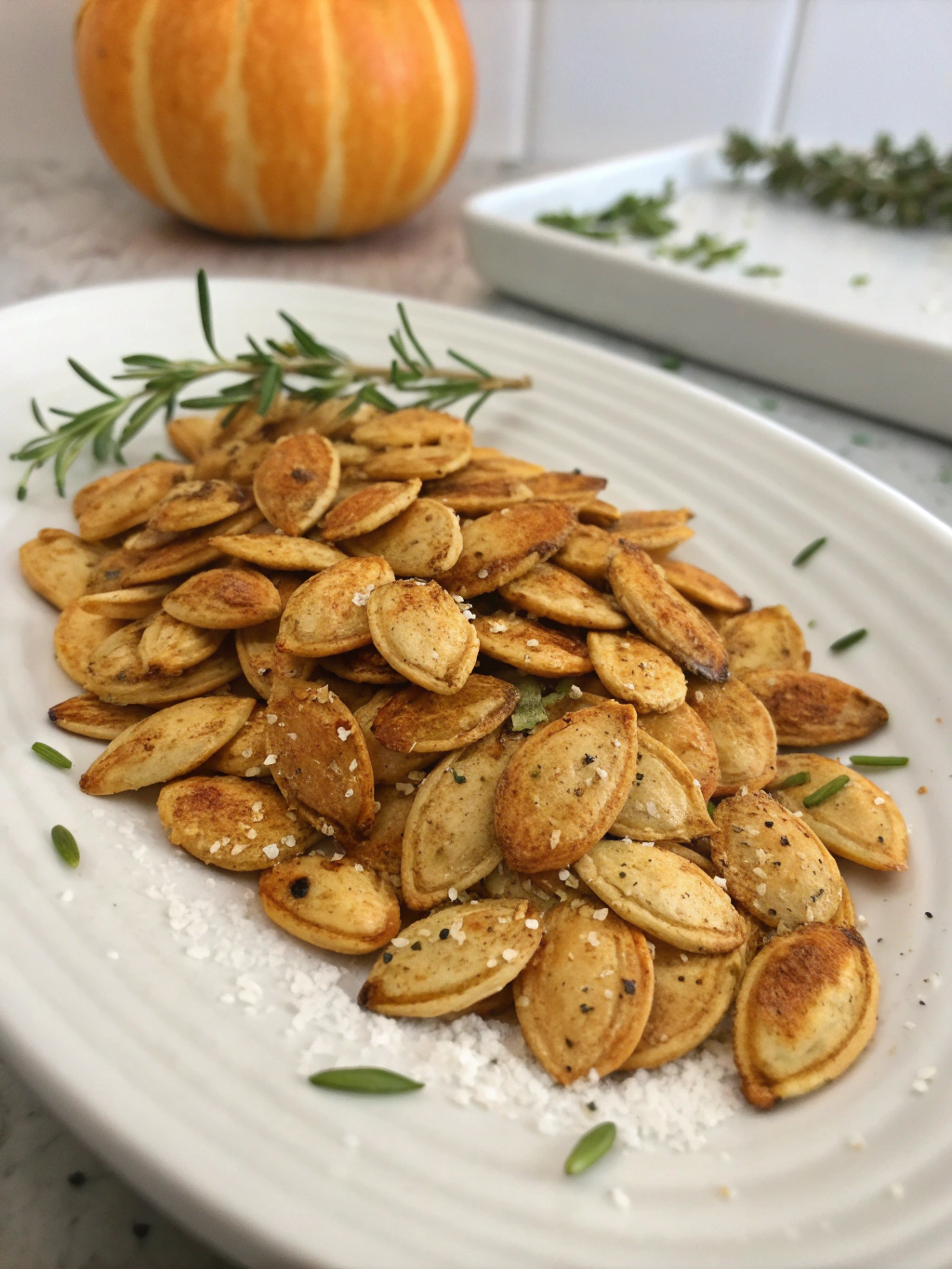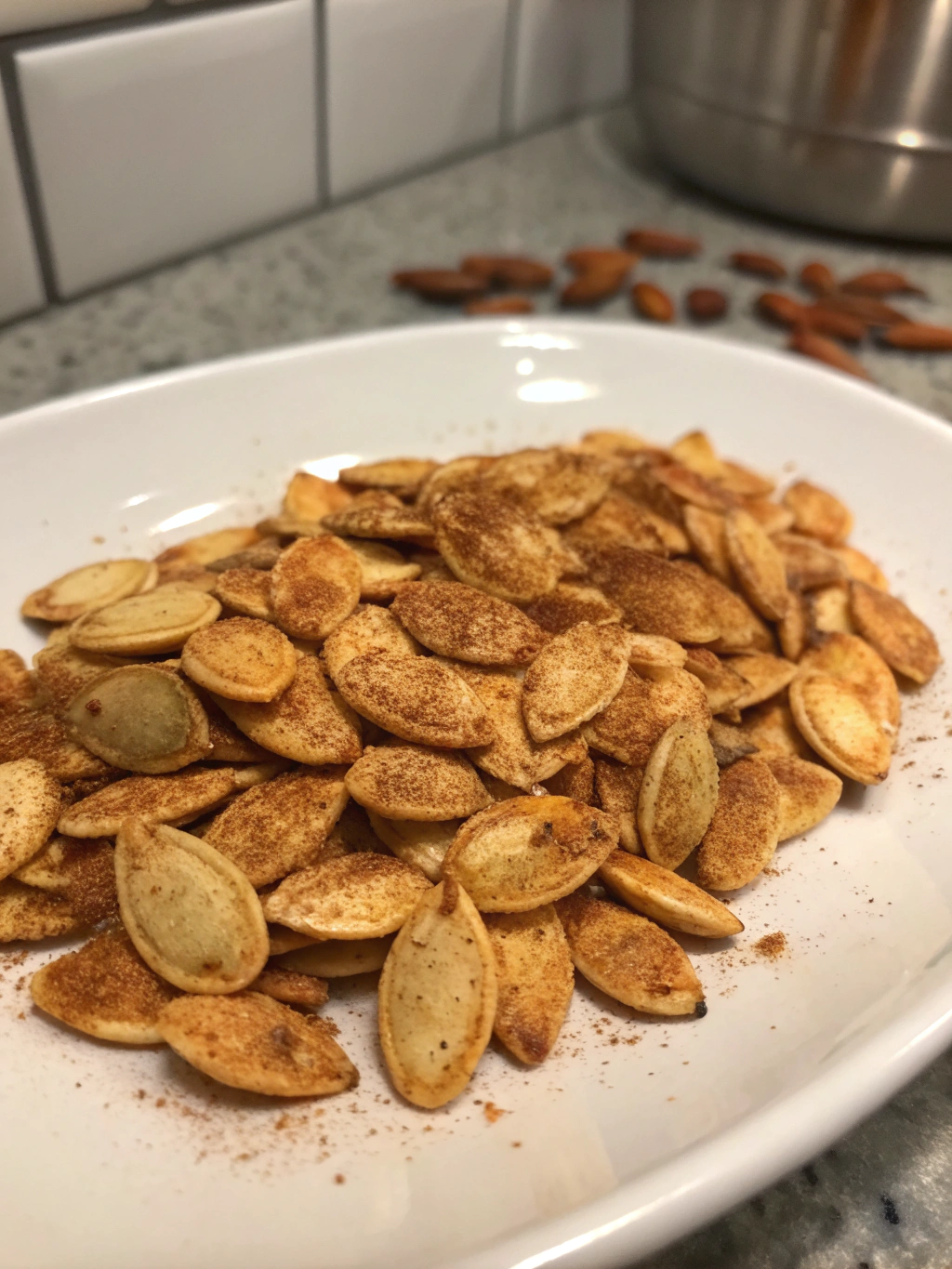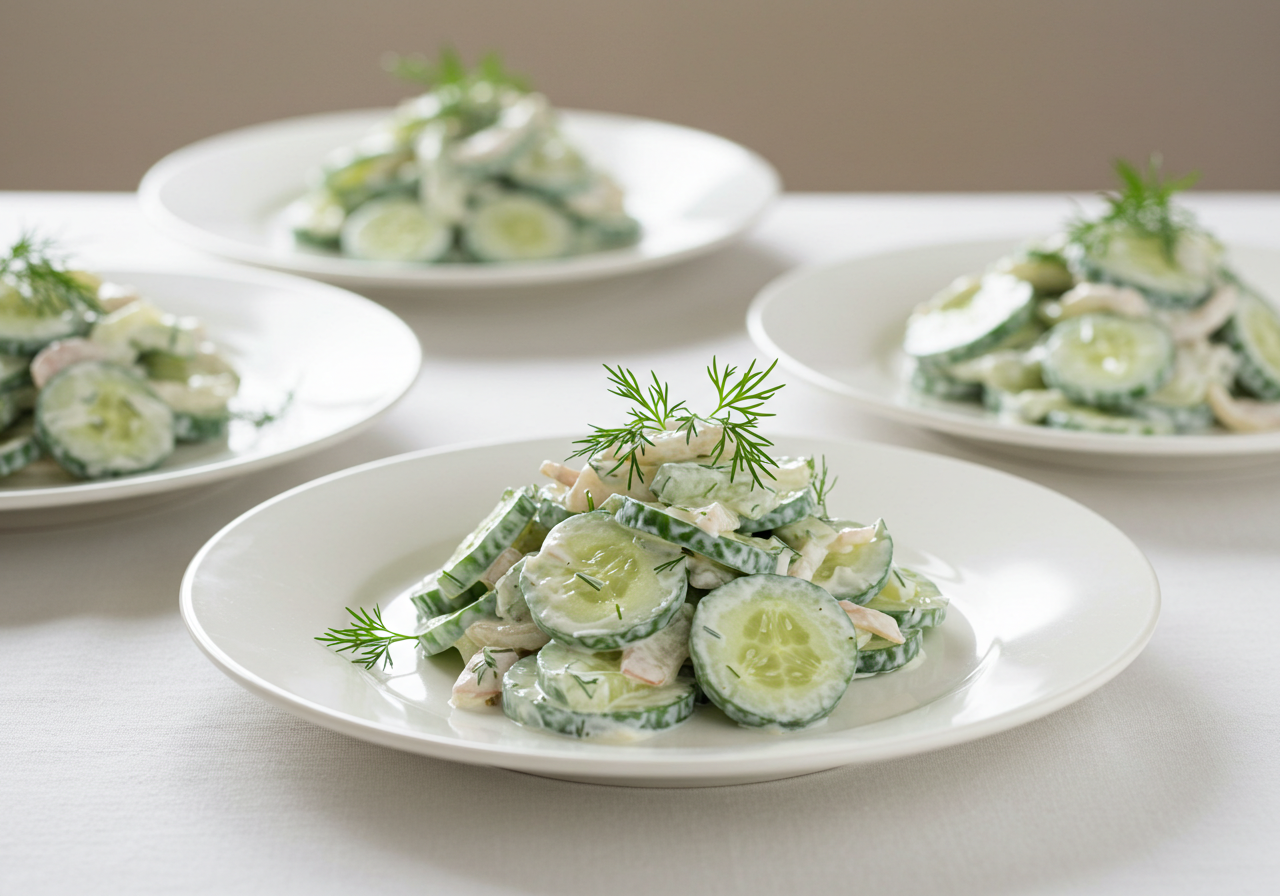Cavatappi, which means “corkscrew” in Italian, is a type of pasta that gets its name from its unique helical shape. The term “cavatappi” is derived from the Italian words cava (to hollow) and tappi (plugs or stoppers), alluding to its resemblance to a corkscrew or bottle opener.
Historical Background of Cavatappi Pasta
Cavatappi is believed to have originated in Southern Italy, a region known for its culinary creativity. Though its exact history is debated, the pasta gained popularity as an innovation in pasta shapes during the 20th century. It is often associated with playful and artistic designs meant to add a visual and textural element to dishes.
Distinctive Corkscrew Shape
The signature feature of cavatappi is its spiral, tubular form, often with ridges along its surface. This corkscrew-like design provides an engaging appearance and a versatile structure that pairs well with various culinary styles.
How the Texture Complements Various Sauces
The ridges and grooves on cavatappi make it ideal for holding onto sauces, whether thick and creamy or light and delicate. Its hollow center ensures that every bite carries a burst of flavor, making it a favorite for recipes that require robust sauce coverage.
The Versatility of Cavatappi in Cooking
Popular Cavatappi Recipes
Classic Mac and Cheese with Cavatappi
Cavatappi’s spiral shape and ridges make it a perfect choice for the ultimate comfort food: mac and cheese. The pasta’s texture clings to creamy cheese sauces, ensuring every bite is rich and indulgent. Its sturdy structure also holds up well to baking, creating a crispy, golden top layer when finished in the oven.
Creamy Cavatappi Alfredo
In a creamy Alfredo dish, cavatappi serves as the ideal pasta to soak up the luxurious sauce. The pasta’s ridged surface and hollow center capture the velvety texture of the Alfredo, delivering a satisfying, sauce-filled bite every time.
Cavatappi with Tomato-Based Sauces
Cavatappi pairs beautifully with tangy, robust tomato-based sauces. Whether it’s a simple marinara, a hearty Bolognese, or a spicy arrabbiata, the pasta’s shape and grooves ensure that the sauce clings tightly, providing maximum flavor in every bite.
Light and Fresh Cavatappi Salads
Cavatappi’s playful corkscrew design and substantial texture make it an excellent base for pasta salads. Tossed with fresh vegetables, herbs, and light vinaigrettes, cavatappi adds a delightful chewiness to cold dishes, making them perfect for picnics or quick meals.
Pairing Cavatappi with Sauces
Best Sauces for Cavatappi
Cavatappi excels with a wide variety of sauces, from creamy cheese sauces and rich Alfredo to chunky tomato-based sauces and light herb-infused oils. Its versatility makes it a go-to choice for both traditional and modern recipes.
Why Cavatappi Holds Sauces So Well
The secret to cavatappi’s sauce-holding power lies in its ridged surface, hollow core, and spiral shape. These features create more surface area for sauces to adhere to, ensuring that every twist and turn of the pasta is coated evenly, resulting in a flavor-packed dish.
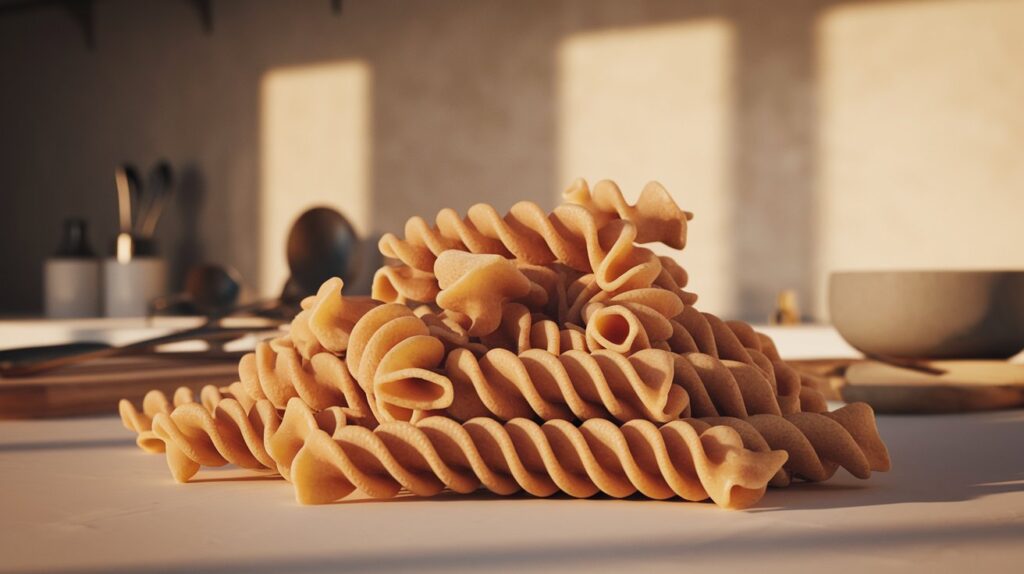
Nutritional Profile of Cavatappi
Ingredients in Traditional Cavatappi
Standard Wheat-Based Pasta
Traditional cavatappi is made primarily from durum wheat semolina, a high-protein wheat variety known for its firm texture and excellent cooking qualities. Water is the other key ingredient, creating a simple yet versatile pasta that serves as a staple in many cuisines.
Gluten-Free and Alternative Versions
For those with dietary restrictions or preferences, cavatappi is available in gluten-free varieties made from ingredients like rice flour, corn, quinoa, or chickpea flour. These alternatives offer similar texture and versatility while catering to specific dietary needs. Whole wheat versions, rich in fiber and nutrients, are another popular alternative to the standard wheat-based pasta.
Nutritional Benefits and Considerations
Macronutrient Breakdown
- Carbohydrates: Cavatappi is primarily a carbohydrate source, providing energy and serving as the backbone of most pasta dishes. Traditional versions offer approximately 35–40 grams of carbohydrates per serving.
- Protein: Due to the durum wheat semolina, standard cavatappi contains around 6–8 grams of protein per serving, making it a decent addition to balanced meals.
- Fats: Cavatappi is naturally low in fat, typically containing less than 1 gram per serving, unless paired with sauces or additional ingredients.
- Fiber: While traditional cavatappi contains modest amounts of fiber, whole wheat and legume-based versions significantly increase this nutrient, promoting digestive health.
Comparing Traditional vs. Whole Wheat Options
- Fiber Content: Whole wheat cavatappi has 2–3 times more fiber than traditional pasta, contributing to better digestion and longer-lasting energy.
- Micronutrients: Whole wheat varieties often contain more vitamins and minerals, such as iron, magnesium, and B vitamins, compared to their refined counterparts.
- Caloric Density: Traditional cavatappi may be slightly more calorie-dense than whole wheat options, which can be beneficial for those seeking higher energy intake.
- Glycemic Index: Whole wheat and legume-based cavatappi typically have a lower glycemic index, meaning they cause a slower, steadier rise in blood sugar levels. This makes them an excellent choice for individuals managing blood sugar or seeking sustained energy.
How to Cook Cavatappi Perfectly
Cooking Instructions
Optimal Boiling Time
To cook cavatappi perfectly, bring a large pot of water to a rolling boil. Add a generous pinch of salt to enhance the pasta’s flavor. Once boiling, add the cavatappi and cook for 8–12 minutes, depending on the package instructions and your desired texture. Stir occasionally to prevent sticking.
Tips for Achieving Al Dente Texture
- Taste-Test Early: Begin tasting the pasta about 2 minutes before the recommended cooking time. Properly cooked al dente pasta should be firm to the bite but not hard in the center.
- Cold Rinse for Salads: If preparing cavatappi for a pasta salad, rinse it briefly with cold water after draining to stop the cooking process and remove excess starch.
- Reserve Pasta Water: Save a cup of the starchy pasta water before draining. This can be used to adjust the consistency of your sauce for a creamier, more cohesive dish.
Mistakes to Avoid When Cooking Cavatappi
Overcooking or Undercooking
- Overcooking: Overcooked cavatappi becomes mushy and loses its signature corkscrew texture, making it less enjoyable and less able to hold sauces effectively.
- Undercooking: Undercooked cavatappi can be too firm, resulting in an unpleasant texture and an uneven pairing with sauces.
- Solution: Always follow the suggested boiling time and taste-test to ensure the perfect texture.
Not Salting the Water Properly
- Importance of Salting: Salting the boiling water is crucial for seasoning the pasta itself, as it absorbs the salted water during cooking.
- How Much Salt: Use about 1–2 tablespoons of salt per gallon of water to properly flavor the pasta.
- Common Mistake: Adding too little salt or skipping it entirely can result in bland-tasting cavatappi, no matter how flavorful the sauce is.
Buying and Storing Cavatappi
Where to Buy Cavatappi
Grocery Stores and Online Retailers
Cavatappi is widely available at most grocery stores, typically found in the pasta aisle. For specialty or gluten-free options, health food stores and premium supermarkets may have a more diverse selection. Additionally, online retailers such as Amazon, Walmart, and specialty food websites often carry a variety of brands and sizes, providing convenience and broader choices.
Premium vs. Budget Brands
- Premium Brands: High-quality cavatappi made from durum wheat semolina often offers better texture and flavor, especially when cooked al dente. Brands like De Cecco or Barilla’s premium line are known for their superior quality.
- Budget Brands: While more affordable, budget brands may use lower-quality ingredients or lack the ridged texture that helps sauces cling to the pasta. These can still be a good choice for everyday meals, particularly when paired with robust sauces.
Storing Tips for Freshness
Proper Storage for Dry Pasta
- Airtight Containers: After opening a package, transfer unused dry cavatappi into an airtight container to protect it from moisture and pests.
- Cool, Dry Place: Store cavatappi in a cool, dry pantry away from direct sunlight and humidity to maintain its quality.
- Avoid Fridge or Freezer Storage: Storing dry pasta in the refrigerator or freezer can introduce condensation, leading to spoilage.
Shelf Life and Expiry Considerations
- Dry Pasta: Unopened packages of dry cavatappi have a shelf life of 1–2 years. Once opened, it can remain fresh for several months if stored properly.
- Check Expiry Dates: Always check the expiration date on the packaging before purchase and use. While pasta is safe to consume past its expiration date, its texture and flavor may degrade over time.
- Gluten-Free Varieties: Gluten-free cavatappi may have a shorter shelf life due to the alternative ingredients used, so proper storage is especially important.
Cavatappi vs Other Pasta Shapes
How Cavatappi Compares to Similar Shapes
Differences Between Cavatappi and Penne
- Shape: Cavatappi is a corkscrew-shaped pasta, while penne is a straight, tubular pasta with diagonally cut ends.
- Texture: Cavatappi often has ridges along its spiral, making it more effective at holding thicker sauces. Penne comes in both ridged (penne rigate) and smooth (penne lisce) varieties.
- Usage: Cavatappi’s whimsical shape is ideal for creamy and cheesy sauces, as well as cold pasta salads. Penne’s straightforward design works well in baked dishes and with chunkier sauces, such as arrabbiata or Bolognese.
Cavatappi vs Fusilli
- Shape: Fusilli is a twisted, spiral-shaped pasta, while cavatappi features a tighter, tubular corkscrew design with a hollow core.
- Sauce Absorption: Fusilli’s tighter spirals hold lighter, oil-based sauces well, while cavatappi excels with creamy, hearty, or cheese-based sauces due to its hollow structure and ridges.
- Versatility: Both are versatile, but cavatappi’s sturdier shape makes it better suited for baked dishes and rich recipes, whereas fusilli is commonly used in salads and simple sauces.
When to Choose Cavatappi Over Other Pasta
Factors Like Texture, Sauce Pairing, and Occasion
- Texture: Choose cavatappi when you want a pasta that holds up well to cooking and provides a satisfying bite. Its ridged surface and hollow center are particularly effective for sauces that need to cling to the pasta.
- Sauce Pairing: Cavatappi is an excellent choice for thick, creamy sauces like Alfredo, cheese-based sauces, or chunky tomato-based sauces. Its structure ensures every bite is flavorful and satisfying.
- Occasion:
- For casual meals like mac and cheese or pasta salads, cavatappi adds a playful and visually appealing element.
- For hearty baked dishes like casseroles, cavatappi retains its shape and texture better than many other pasta types.
- For entertaining, its unique shape can elevate the presentation of even simple recipes.
In summary, cavatappi stands out for its ability to combine functionality and aesthetics, making it a versatile choice for a variety of dishes.
Making Homemade Cavatappi
Ingredients and Tools Needed
Flour, Eggs, and Shaping Tools
- Flour: Use all-purpose flour or a mix of all-purpose and semolina flour for a firmer texture.
- Eggs: Fresh eggs are essential for a rich and pliable dough. Adjust the number based on the amount of flour.
- Shaping Tools: To achieve the corkscrew shape, you’ll need a pasta extruder with a cavatappi attachment or a manual tool like a ridged board and skewer.
Step-by-Step Guide to Making Cavatappi
Mixing the Dough
- Combine Ingredients: On a clean surface, form a mound of flour with a well in the center. Crack the eggs into the well and gently whisk with a fork.
- Incorporate the Flour: Gradually mix the flour into the eggs until the dough forms. If the dough is too dry, add a small amount of water; if too sticky, add flour.
- Knead the Dough: Knead the dough for about 8–10 minutes until it becomes smooth and elastic. Cover it with plastic wrap and let it rest for 30 minutes.
Shaping and Drying the Pasta
- Shape the Cavatappi: Use a pasta extruder to create the spiral shape, or roll out the dough thinly, cut into strips, and twist around a skewer for a handmade corkscrew effect.
- Dry the Pasta: Lay the shaped cavatappi on a floured surface or pasta drying rack. Allow it to dry for at least an hour before cooking, or longer for storage.
Conclusion
Why Cavatappi Deserves a Spot in Your Kitchen
Cavatappi is a versatile and visually appealing pasta that works with a variety of sauces and recipes. Its unique corkscrew shape not only enhances the flavor experience by holding onto sauces but also adds an element of fun to dishes. Whether store-bought or homemade, cavatappi’s ease of preparation and adaptability make it a must-have in any pasta lover’s kitchen.
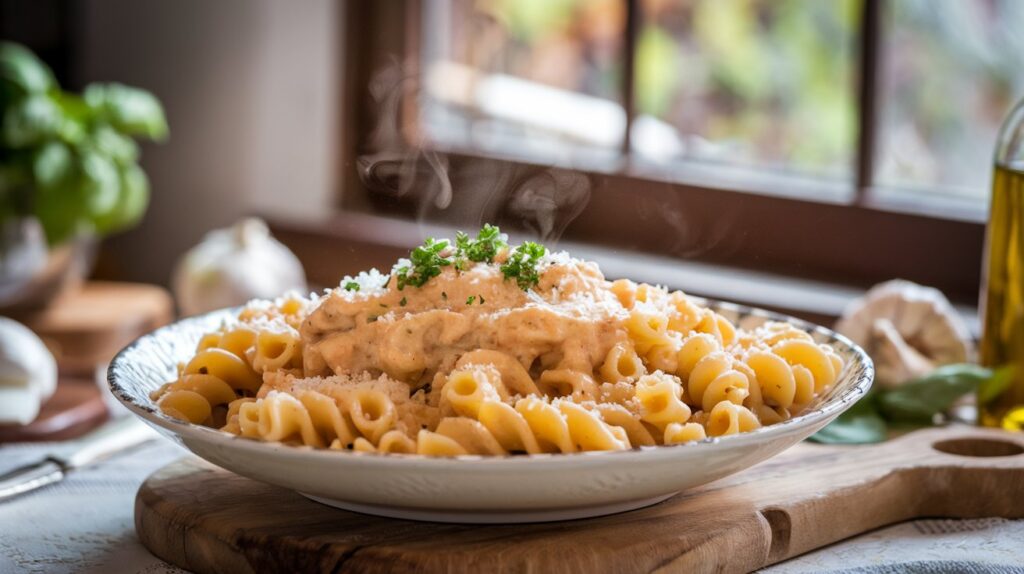
If you’re inspired to try cavatappi in your cooking, you’ll love exploring more recipes that showcase its versatility. Check out our Cavatappi Mac and Cheese for a creamy, indulgent take on this corkscrew pasta, perfect for any comfort food craving. Or, if you’re a fan of rich, cheesy dishes, don’t miss our White Cheddar Mac and Cheese for a flavorful twist. These recipes are the perfect companions to this guide, helping you make the most of cavatappi in your kitchen!
FAQs About Cavatappi
What Makes Cavatappi Different from Other Pasta Shapes?
Cavatappi’s corkscrew shape and ridged texture allow it to hold sauces exceptionally well, making it ideal for creamy, chunky, and baked dishes.
Can I Use Cavatappi for Baked Pasta Dishes?
Yes, cavatappi is perfect for baked dishes like casseroles or baked mac and cheese because it retains its shape and doesn’t turn mushy.
Is Cavatappi Pasta Suitable for Vegans?
Most store-bought cavatappi made from durum wheat is vegan. However, homemade cavatappi recipes often include eggs, so check the ingredients or make vegan adjustments.
How Long Does Cavatappi Take to Cook?
Cavatappi typically takes 8–12 minutes to cook, depending on the brand and your preferred texture. Taste-test to achieve al dente perfection.
What Are the Best Ways to Store Leftover Cooked Cavatappi?
Store leftover cooked cavatappi in an airtight container in the refrigerator for up to 3–4 days. To reheat, add a splash of water or sauce to keep it from drying out.

